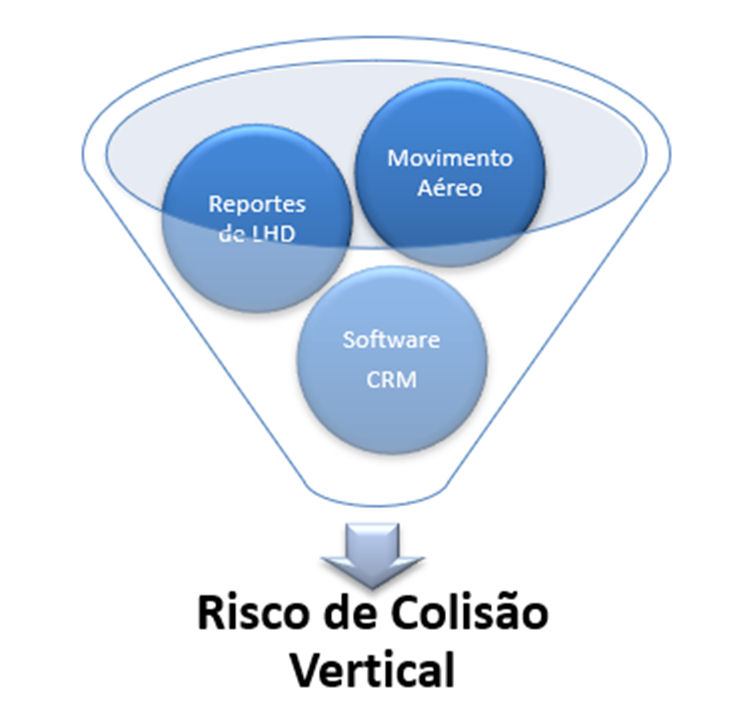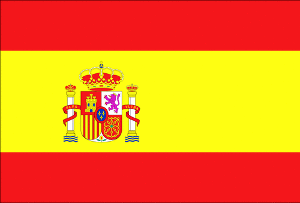CRM (Collision Risk Model)
The CRM is used to quantitatively assess the risk of collision in the RVSM airspace of the CAR/SAM Regions. Based on Reich’s Vertical Collision Risk Model (figure below), as recommended by the ICAO (International Civil Aviation Organization), it produces an estimate of the average risk of collision between aircraft flying in RVSM airspace.

Reich Vertical Collision Risk Model.
Collision risk is the technical risk associated with the aircraft’s altitude maintenance performance.
The Collision Risk Model takes into account several variables, including: LHD (Large Altitude Deviation) reports, RVSM air movements, airspace data, airways and their flow directions, radar coverage, aircraft types, probability aircraft approach, occupancy rate and others.
The CRM of the CAR/SAM region is calculated every 12 (twelve) months, presented, through articles, to the international aeronautical community and, currently, it is within the operational safety limit defined by the ICAO, which is 5.0 x 10-9.
Parameters used in the Collision Risk Model:
- Probabilistic – Probabilities of horizontal overlap and vertical overlap;
- Exhibition – Frequency of Passage and Occupation;
- Dynamic – Speeds: Horizontal, Vertical and Longitudinal;
- Static – Width, height and span of aircraft.

Elements used in the calculation of Vertical Collision Risk.


